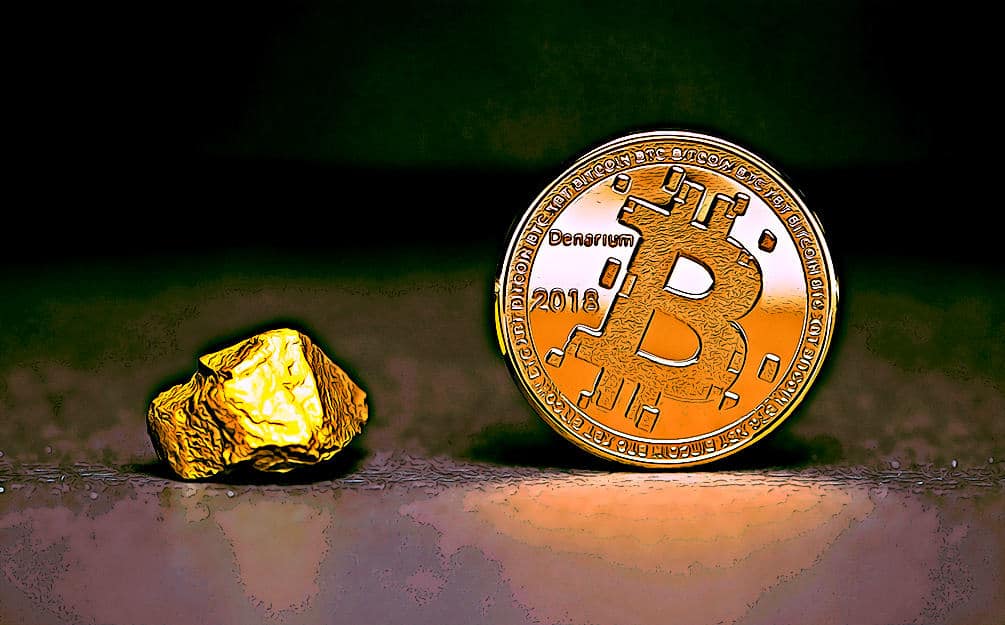As the Wednesday midweek trading day opens in the U.S., the price of bitcoin is hovering above $18,000 as of press time and could well push higher as the week continues.
Since its yearly lows below $4,000 during the dark days of March this year, when the world shut down and Covid-19 ravaged the economy and the commodities market, bitcoin has rebounded by more than 330%. Since the start of the year, the leading cryptocurrency by market cap has gained over 130%.
Bitcoin prices are quickly approaching its Dec. 17, 2017 all-time high of $19,666 and at this rate it should clear that historic mark by the end of the weekend. On Twitter,reports of “buy walls” — when a large investor continues to buy a notable amount of cryptocurrency over a long period of time — are now seemingly common, meaning that this bitcoin bull market is likely nowhere near out of steam quite yet.
See related article: Everything you want to know about Bitcoin, Ethereum and DeFi for 2021
The key difference between the cryptocurrency market of 2017 and the cryptocurrency market of 2020 is that bitcoin is now considered to be an institutional-grade asset with a custody industry in place to support it. There’s also a trifecta of cryptocurrency-friendly faces, which might have been unheard of in the early days of crypto, at senior levels of America’s most important financial regulators — the Securities and Exchange Commission, with “Crypto Mom” Hester Peirce as one of its commissioners, the Commodity Futures Trading Commission, which is pursuing an extensive regulatory framework by 2024, and the Office of the Comptroller of Currency, which is now run by a former Coinbase lawyer.
PayPal, which at one time was the arch enemy of all things crypto, is now letting users buy bitcoin and other tokens on its platform. These are extraordinary times indeed.
While some of the demand for bitcoin and other cryptocurrency has centered around the nascent DeFi (decentralized finance) market, the subsequent deflation of that market hasn’t dramatically decreased the price of bitcoin. As Forkast.News reported, DEX volume in October fell by US$9.4 billion, or negative 32% — yet prices and market caps are surging past prior records.
Will the price of bitcoin hit $300,000?
A recent Citibank note to clients predicted bitcoin would hit US$318,000. While the price of the world’s oldest and largest cryptocurrency will likely keep going up, a six-figure valuation by the end of next year would be extraordinary and not very realistic.
Predicting that bitcoin will skyrocket to six-figure valuations is a hobby as old as time. John McAfee perfected the craft, but he was far from the only one. So much of crypto Twitter would love to chime in with their outsized forecasts to build positive sentiment around the coin and push prices to the moon.
As bitcoin moves further to becoming an institutional-grade asset versus being a speculative commodity and a not-very-useful currency, it’s going to get more analyst attention from big name financial institutions, which in turn generates headlines such as this. But that doesn’t mean the methodology is valid. Citibank’s analysis, which predicts bitcoin would hit US$318,000, is based on comparisons to the gold market from the 1970s to the present. Gold, as the report notes, was constricted around the $30 mark until it was officially de-linked from the U.S. dollar in 1971 and became a popular hedge against inflation in the 1980s free of a tie to any currency.
But can all of this be applied to bitcoin? In some ways, yes. We will likely see a long run in prices as the market hunts for an alternative asset class with the weakening of the U.S. dollar due to unprecedented debt loads and deficits, as recovery from Covid-19 will continue to define the early 2020s. Should we be expecting a 20-times multiplier on current prices? Not likely. Gold’s rally was because of a tectonic shift in the ability to convert gold to dollars. There’s nothing like that in store for cryptocurrency.




